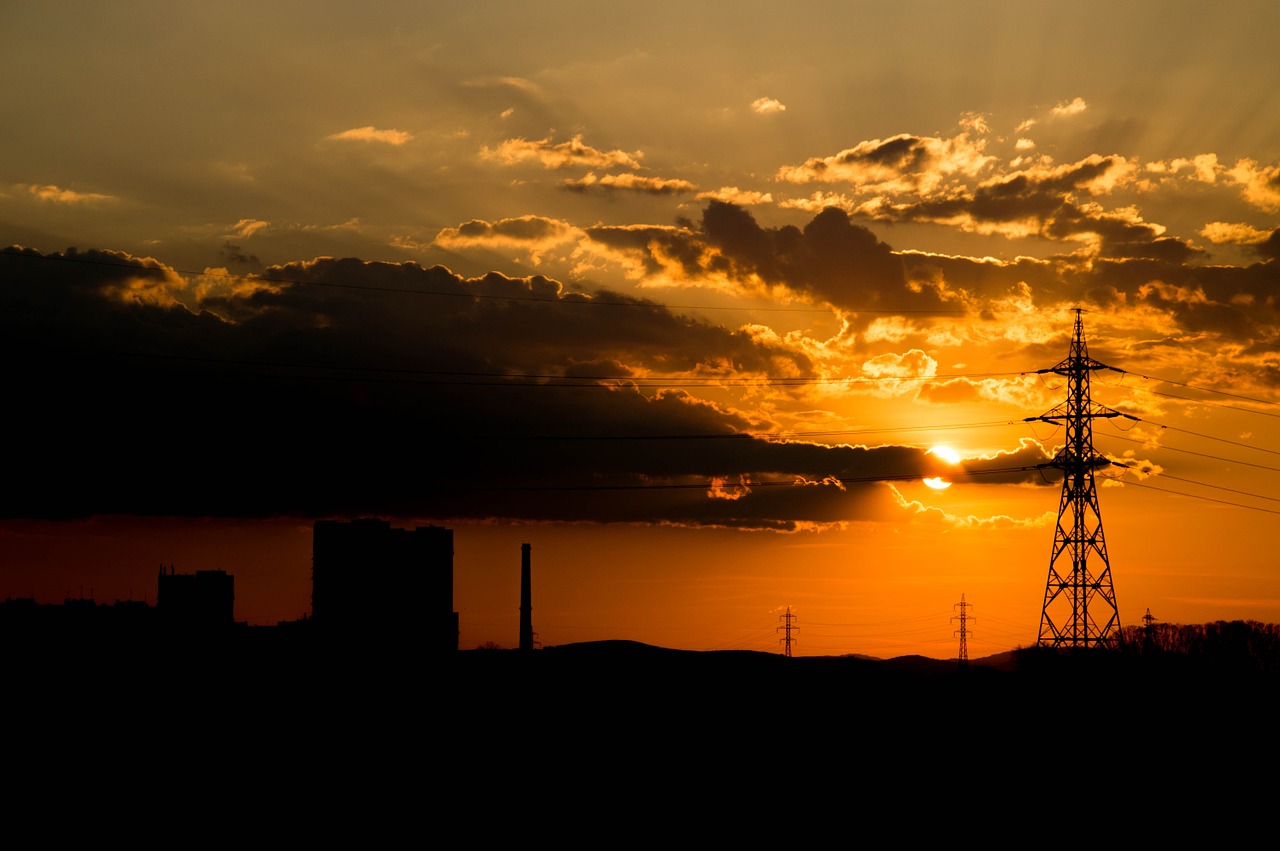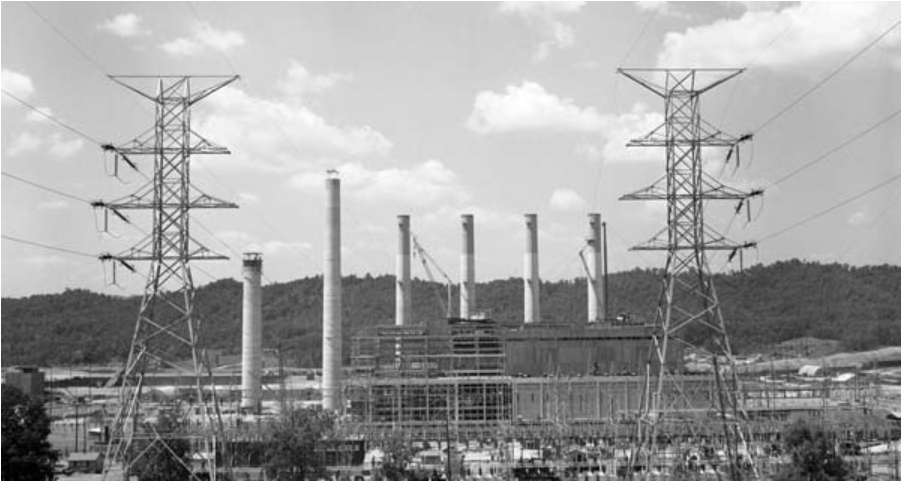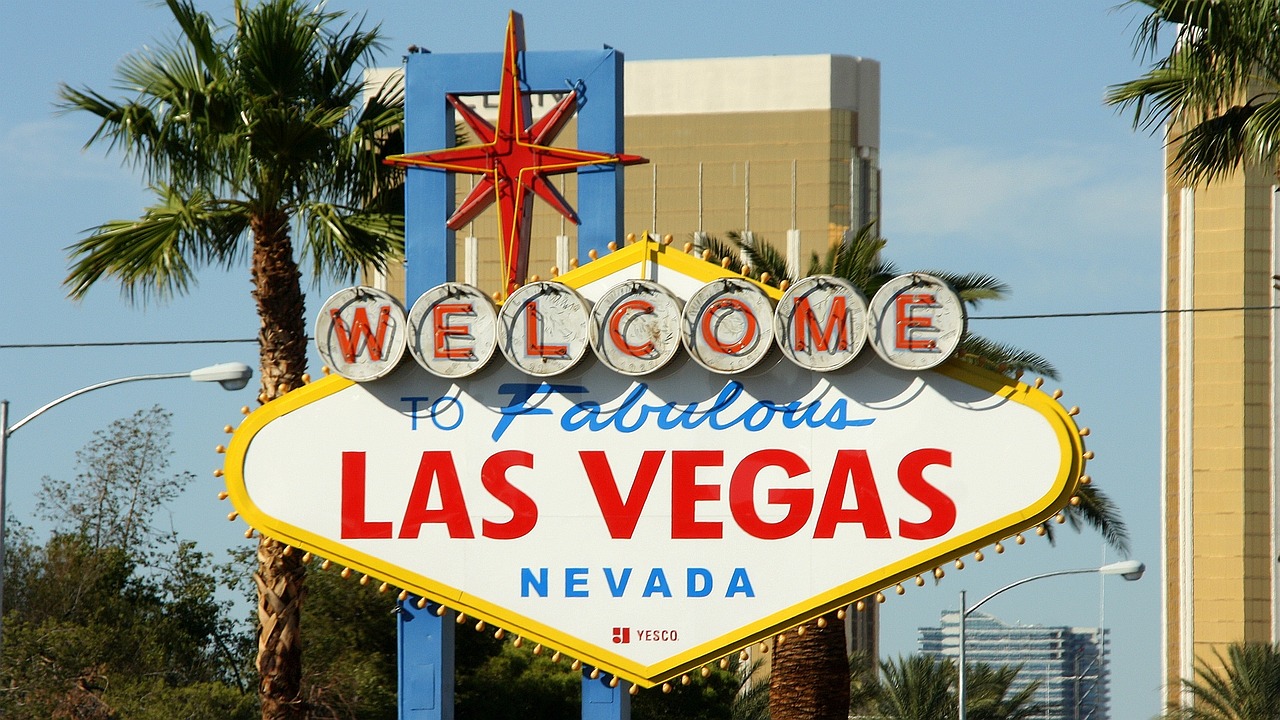By Frank Andorka, Senior Correspondent
What Happened:Utility Dive has an excellent piece describing the 88% difference in two VOS studies, one in Montana and one in Maryland.

Is the image of the sun setting on a utility pole too heavy handed? I worry it’s a little heavy handed.
SolarWakeup’s View: Let’s get this out of the way first: Go read the Utility Dive explanation of two value-of-solar studies – one in Montana, the other in Maryland – which come to two deeply different conclusions about how solar should be valued when it comes to net metering and other compensation structures. It is excellent, and it is detailed. I could not do a better job myself.
But I want to look at one factor that UD slides over that may be the single-biggest determining factor in why, according to the two studies, solar is 88% more valuable in Maryland than in Montana. That factor is who paid for the study.
In Maryland, the study was prepared by the state’s Public Service Commission, a supposedly independent body whose job it is to balance the needs of ratepayers and utilities to come to an equitable balance between those two seemingly divergent interests. As such, it has no particular agenda to push; it can afford to look at as many facts as possible – and take as many stakeholder views into account as possible – before rendering its decision.
Montana’s study, on the other hand, was paid for by the state’s largest utility, in whose interest it is to value solar less highly because of its own vested interest in keeping solar penetration limited. After all, the more solar penetration there is, the fewer people are dependent on the utility to supply electricity. That means a smaller customer base, which means fewer profits, which means unhappy investors. When there’s a study being done by one of the party’s involved in a dispute, it can’t surprise anyone when the study comes out in that party’s favor.
I don’t mean to imply either study is perfect, nor am I suggesting that who paid for the study was the sole factor in outcome. But I am suggesting it plays a significant role – and is something activists on the solar side should account for whenever one of these VOS studies comes out against us.
More:
How two value-of-solar studies add up to no clear value of solar (Utility Dive)



